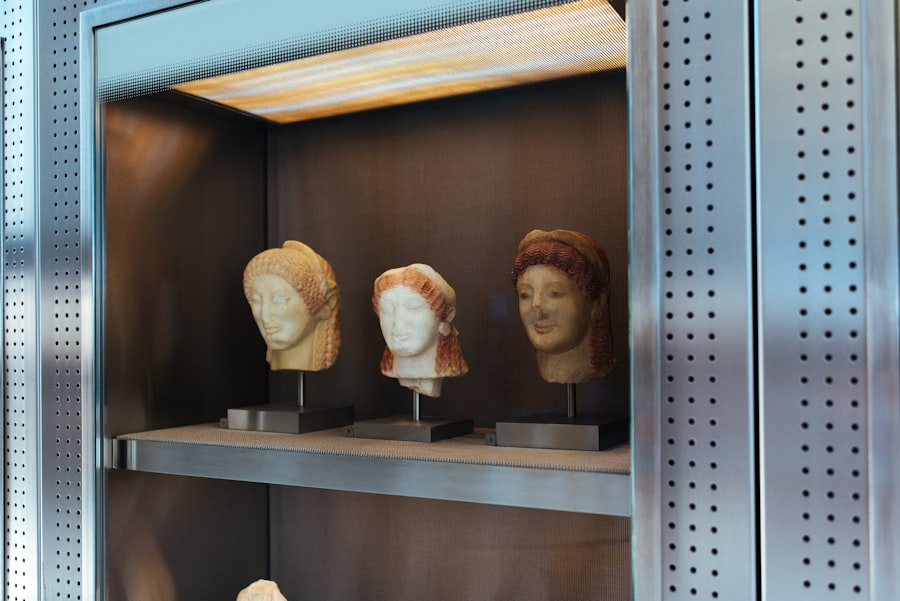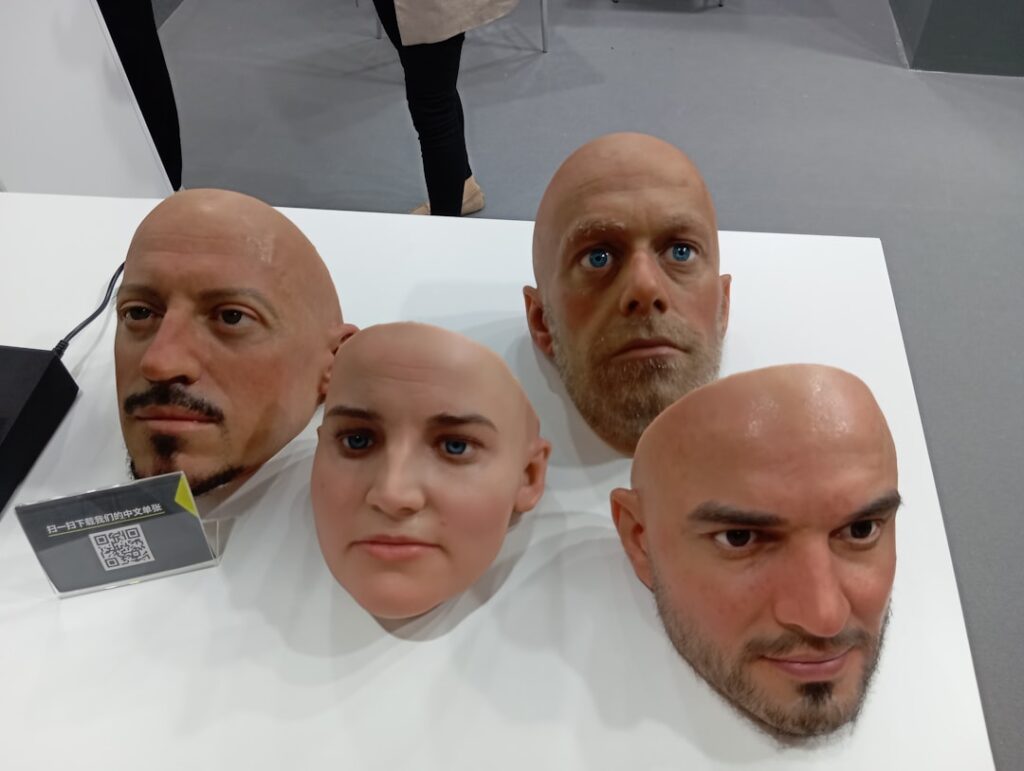In the ever-evolving landscape of digital content management, the concept of a Headless Content Management System (CMS) has emerged as a game-changer. Unlike traditional CMS platforms that couple the backend and frontend, a headless CMS decouples these two components, allowing for greater flexibility and control over content delivery. This architecture enables developers to use APIs to deliver content to any device or platform, whether it be a website, mobile app, or even IoT devices.
As I delve deeper into this topic, I find that the headless approach not only streamlines content management but also enhances the user experience by providing tailored content across various channels. The appeal of a headless CMS lies in its ability to adapt to the rapidly changing digital environment. With consumers increasingly accessing content through diverse platforms, businesses must ensure that their content is not only accessible but also engaging.
By separating the content repository from the presentation layer, I can create a more agile workflow that allows for quicker updates and modifications. This flexibility is particularly beneficial in today’s fast-paced market, where the ability to respond to trends and user preferences can significantly impact a brand’s success. As I explore the intricacies of headless CMS, I recognize that it represents a shift towards a more modular and future-proof approach to content management.
Key Takeaways
- Headless CMS separates content from presentation, allowing for greater flexibility and reusability across different platforms and devices.
- When selecting a headless CMS, consider factors such as scalability, ease of integration, security, and support for different content types.
- Best practices for implementing a headless CMS include defining clear content models, establishing a solid workflow, and ensuring proper documentation and training for users.
- Evaluating the scalability of a headless CMS involves assessing its ability to handle increasing content volume, traffic, and user demands without compromising performance.
- Integrating a headless CMS with existing systems requires careful planning, API compatibility, and thorough testing to ensure seamless data exchange and functionality.
- User training and support are crucial for successful headless CMS implementation, including providing resources, documentation, and ongoing assistance for content creators and developers.
- Measuring success and ROI of headless CMS implementation involves tracking key performance indicators, user feedback, and content delivery efficiency.
- Future-proofing a headless CMS solution involves staying updated with technology trends, maintaining flexibility for future integrations, and ensuring long-term support and development.
Factors to Consider When Selecting a Headless CMS
When it comes to selecting a headless CMS, there are several critical factors that I must consider to ensure that the chosen solution aligns with my organization’s goals and technical requirements. First and foremost, I need to evaluate the ease of integration with existing systems. A headless CMS should seamlessly connect with other tools and platforms that my organization relies on, such as customer relationship management (CRM) systems, e-commerce platforms, and analytics tools.
This integration capability is essential for creating a cohesive digital ecosystem that enhances operational efficiency. Another important factor is scalability. As my organization grows, so too will our content needs.
I must choose a headless CMS that can accommodate increased traffic and content volume without compromising performance. This means looking for solutions that offer robust infrastructure and support for high availability. Additionally, I should consider the level of customization available within the CMS.
A flexible platform allows me to tailor features and functionalities to meet specific business requirements, ensuring that I can adapt as my needs evolve over time.
Best Practices for Implementing a Headless CMS

Implementing a headless CMS requires careful planning and execution to maximize its potential benefits. One of the best practices I have found is to establish a clear content strategy before diving into implementation. This involves defining the types of content I want to manage, understanding my target audience, and determining how content will be delivered across various channels.
By having a well-defined strategy in place, I can ensure that my team is aligned and focused on creating valuable content that resonates with users. Another best practice is to involve cross-functional teams in the implementation process. Collaboration between developers, marketers, and content creators is crucial for ensuring that all perspectives are considered.
By fostering open communication and collaboration, I can create a more holistic approach to content management that leverages the strengths of each team member. Additionally, I should prioritize training and support for my team during the transition to a headless CMS. Providing resources and guidance will empower them to utilize the new system effectively and maximize its capabilities.
Evaluating the Scalability of a Headless CMS
Scalability is one of the most critical aspects to evaluate when considering a headless CMS. As my organization grows, I need to ensure that the chosen solution can handle increased demands without sacrificing performance or user experience. One way to assess scalability is by examining the architecture of the CMS itself.
A cloud-based solution often offers greater scalability due to its ability to dynamically allocate resources based on traffic fluctuations. This flexibility allows me to scale up during peak times while minimizing costs during slower periods. Additionally, I should consider the CMS’s ability to support multiple content types and channels.
A scalable headless CMS should not only manage text but also images, videos, and other multimedia formats seamlessly. This capability is essential as I expand my content offerings across various platforms. Furthermore, I need to evaluate the performance metrics provided by the CMS vendor.
Metrics such as response times, uptime guarantees, and load handling capabilities will give me insight into how well the system can scale under pressure.
Integrating a Headless CMS with Existing Systems
Integrating a headless CMS with existing systems is a crucial step in ensuring a smooth transition and maximizing its effectiveness. One of the first considerations I must address is identifying which systems need to be integrated. This could include e-commerce platforms, marketing automation tools, or customer relationship management (CRM) systems.
By mapping out these integrations early in the process, I can create a more cohesive digital ecosystem that enhances overall functionality. To facilitate successful integration, I should leverage APIs provided by both the headless CMS and existing systems. APIs allow for seamless data exchange between platforms, enabling real-time updates and synchronization of information.
Additionally, I must ensure that my development team has the necessary skills and resources to implement these integrations effectively. This may involve investing in training or hiring external experts who specialize in API integrations. By prioritizing integration efforts, I can create a more efficient workflow that enhances productivity and improves user experiences across all touchpoints.
User Training and Support for Headless CMS Implementation

User training and support are vital components of a successful headless CMS implementation. As I transition my team to this new system, I recognize that providing comprehensive training will empower them to utilize the platform effectively. One approach I find beneficial is creating tailored training sessions based on different user roles within my organization.
For instance, developers may require in-depth technical training on API usage, while marketers may benefit from sessions focused on content creation and management. In addition to initial training sessions, ongoing support is essential for ensuring long-term success with a headless CMS. Establishing a dedicated support team or point of contact can help address any questions or challenges that arise post-implementation.
Furthermore, creating a knowledge base or resource center where users can access documentation, tutorials, and best practices will foster self-sufficiency among team members. By prioritizing user training and support, I can enhance adoption rates and ensure that my organization fully leverages the capabilities of our new headless CMS.
Measuring Success and ROI of Headless CMS Implementation
Measuring success and return on investment (ROI) after implementing a headless CMS is crucial for understanding its impact on my organization. One of the first steps I take is defining key performance indicators (KPIs) that align with our business objectives. These KPIs may include metrics such as website traffic growth, user engagement rates, conversion rates, and overall content performance.
By establishing clear benchmarks before implementation, I can effectively measure progress over time. In addition to quantitative metrics, qualitative feedback from users can provide valuable insights into the effectiveness of the headless CMS. Conducting surveys or interviews with team members can help identify areas for improvement and highlight successes achieved through the new system.
Furthermore, analyzing customer feedback regarding their experiences with our digital content can inform future strategies and enhancements. By combining quantitative data with qualitative insights, I can gain a comprehensive understanding of the ROI associated with our headless CMS implementation.
Future-proofing Your Headless CMS Solution
As technology continues to advance at an unprecedented pace, future-proofing my headless CMS solution is essential for maintaining its relevance and effectiveness over time. One strategy I find effective is choosing a platform that offers regular updates and enhancements based on industry trends and user feedback. By selecting a vendor committed to innovation, I can ensure that my organization benefits from new features and capabilities as they become available.
Additionally, I should remain vigilant about emerging technologies that could impact content delivery and management in the future. For instance, advancements in artificial intelligence (AI) and machine learning may offer new opportunities for personalization and automation within my headless CMS. Staying informed about these trends will allow me to adapt our strategy accordingly and leverage new tools as they arise.
Ultimately, by prioritizing future-proofing efforts, I can position my organization for long-term success in an ever-changing digital landscape.
When considering the selection and implementation of a Headless CMS, it’s crucial to understand the broader context of web development and digital strategy. A related article that can provide valuable insights is available on The Sheryar’s blog. This article delves into various aspects of modern web technologies and can serve as a complementary resource to the Headless CMS Selection and Implementation Guide. For more detailed information, you can read the article by visiting The Sheryar’s Blog. This resource will help you gain a deeper understanding of how a Headless CMS fits into the larger ecosystem of web development tools and strategies.
FAQs
What is a headless CMS?
A headless CMS is a content management system that allows content to be created and stored separately from the presentation layer. This means that content can be delivered to any device or platform via APIs, without being tied to a specific front-end design.
What are the benefits of using a headless CMS?
Some benefits of using a headless CMS include flexibility, scalability, and the ability to deliver content to multiple channels and devices. It also allows for easier content management and updates, as well as the ability to future-proof your content for new technologies.
How do you select a headless CMS?
When selecting a headless CMS, it’s important to consider factors such as the ease of use, scalability, flexibility, security, and integration capabilities. It’s also important to consider the specific needs of your organization and the types of content you will be managing.
What are some popular headless CMS options?
Some popular headless CMS options include Contentful, Prismic, Strapi, Kentico Kontent, and Sanity. Each of these options has its own strengths and features, so it’s important to evaluate them based on your specific requirements.
What are some best practices for implementing a headless CMS?
Some best practices for implementing a headless CMS include defining clear content models and structures, establishing a solid content strategy, ensuring proper API documentation and integration, and training your team on how to use the new system effectively. It’s also important to regularly review and optimize your content delivery processes.
